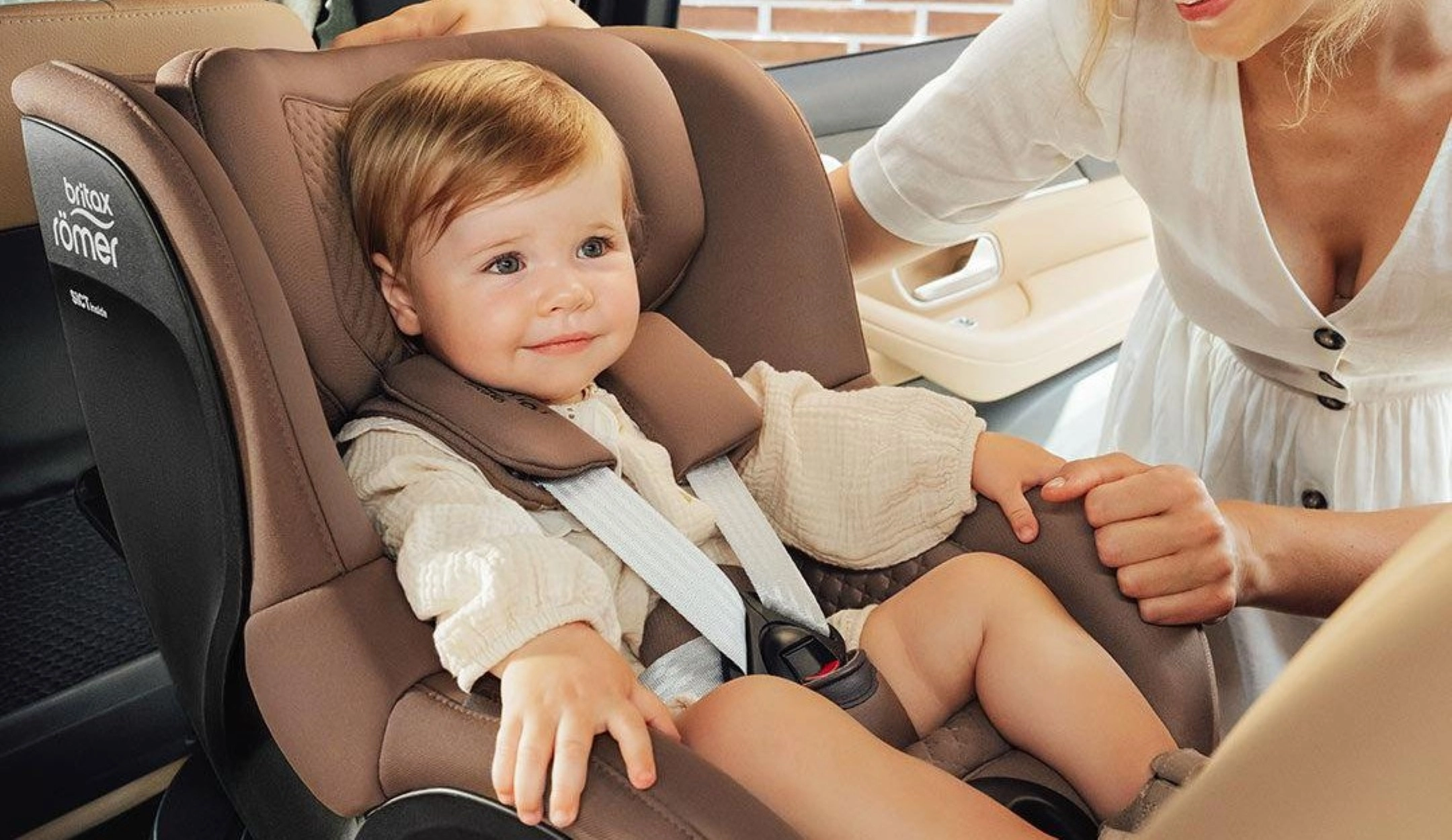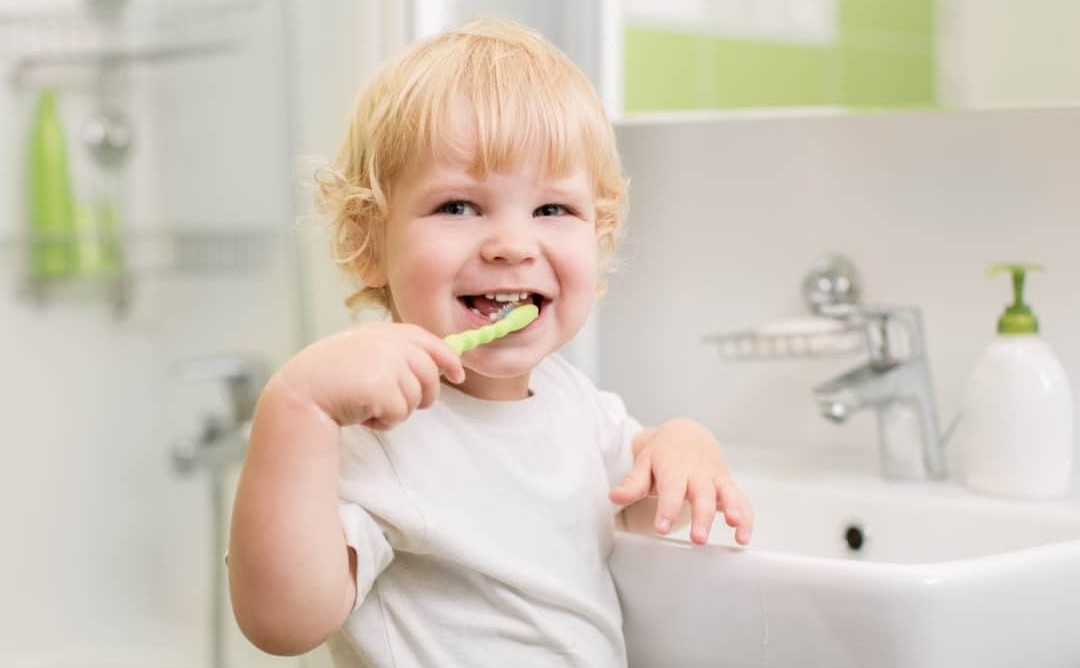How Long Can a Child Car Seat Be Used?

When it comes to traveling by car, a child’s safety is every parent’s top priority. Choosing the right car seat usually involves checking whether it matches the child’s height, weight, and age, ensuring it is correctly installed, and confirming that it carries the necessary certifications. Yet, one critical factor often goes overlooked—the car seat’s lifespan.
Why Do Car Seats Have an Expiration Date?
Like many safety products, child car seats are designed with a limited period of use in mind—typically between six and ten years.
Some parents assume that expiration dates are merely a marketing tactic to encourage repeat purchases. In reality, the reason is much more important: once this period has passed, the baby seat may no longer provide adequate protection in the event of an accident.
What Changes Over Time?
Even if a car seat looks perfectly fine on the outside, its protective qualities gradually decline:
- Material degradation – plastic becomes brittle, while belts and metal parts lose strength;
- Advancing technology – newer models undergo updated crash tests and meet modern safety standards that older seats no longer satisfy;
- Reduced reliability – a seat that once passed rigorous testing may now fall short of today’s requirements.
This is why experts strongly advise against using expired car seats, no matter how well-preserved they may appear.
How to Check a Car Seat’s Lifespan?
To ensure your child’s safety, it’s worth taking a few simple steps:
- Check the user manual or the seat itself—the manufacturer usually indicates the date of manufacture and service life;
- Look for a label or marking with the production date;
- If no date is provided, follow the general rule of thumb: do not use a seat for more than 10 years from the date of production.
If you are uncertain, you can always consult Labebe or the experts at Your Car Seat, who can help you verify whether a seat is still safe to use.
Why This Matters for Parents?
Child safety does not end with purchasing the right car seat—it also requires ongoing vigilance. Parents should:
- Regularly inspect the seat for wear and damage;
- Monitor its expiration date;
- Replace it in time with a certified, reliable model of infant seat.
A baby car seat is one of the most important investments you can make in your child’s safety. Beyond providing comfort during every journey, it protects what is truly priceless—the life of your little one.


